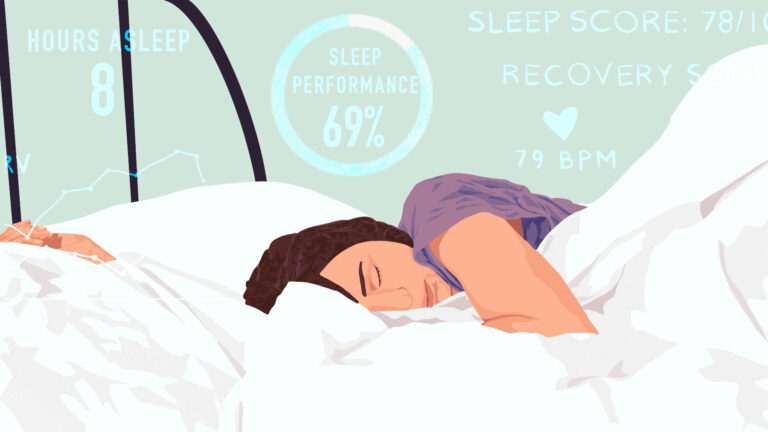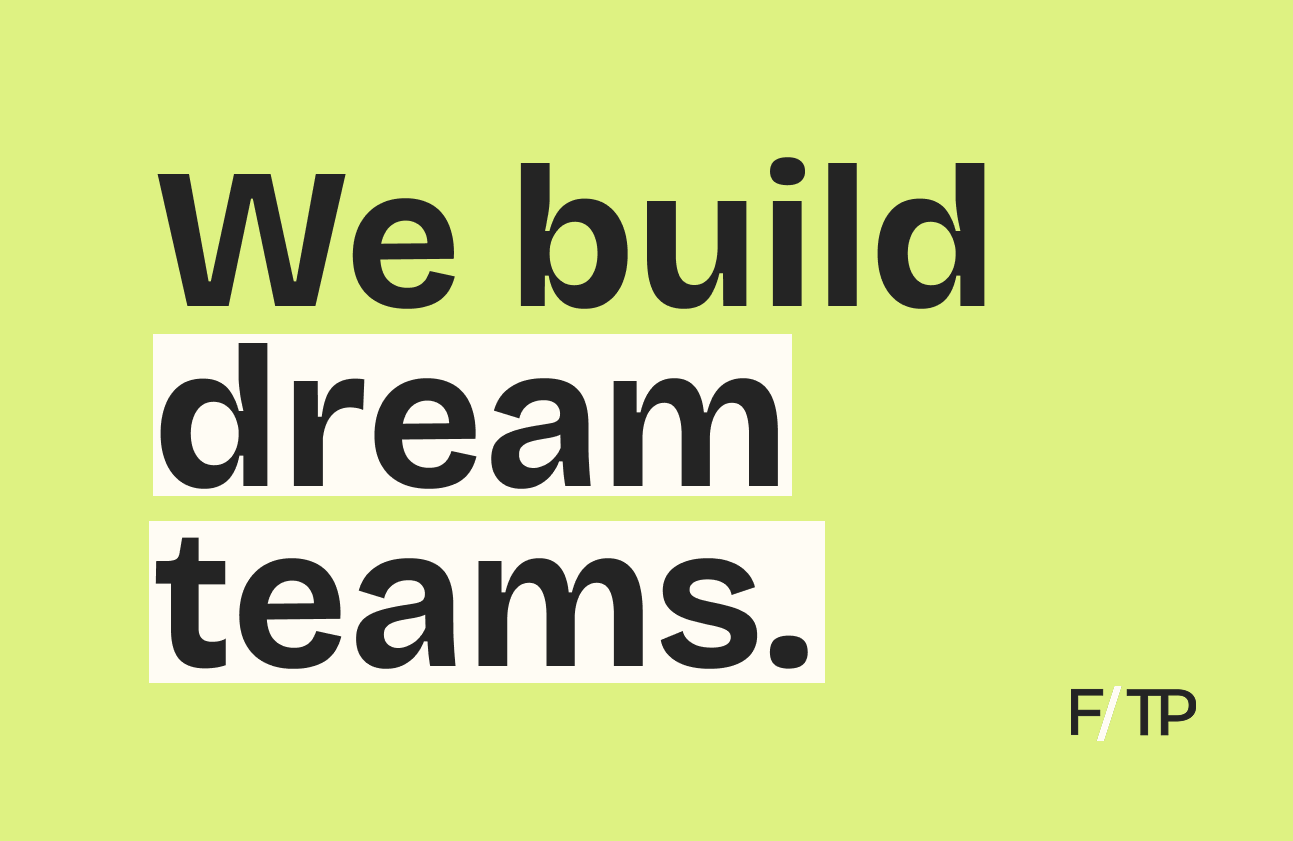Nothing new, workplace wellness programs have become a staple of corporate America.
But, at a time when both the workplace and wellness are being redefined, we’re left wondering: what does employee well-being look like in a work-from-home world?
How We Got Here
In the beginning, workplace wellness wasn’t actually about wellness. At least, not wellness as we’ve come to know it.
Going back to the Industrial Revolution, efforts to improve employee well-being centered on reining in hazardous work conditions and abusive labor practices. At the time, workdays could last 10 to 16 hours, six days a week. The 40-hour workweek wasn’t established until 1940, when Congress amended the Fair Labor Standards Act.
As the nature of work shifted from manual labor to desk jobs, workplace wellness evolved along with it.
After World War II, as employer-sponsored health insurance took hold, employee well-being became linked to the bottom line. In the 1950s, employee assistance programs focused on mental health and alcoholism. By 1980, programs resembling what we’ve come to know as workplace wellness emerged.
In the time since, companies have tried just about everything to keep employees engaged, productive, and in relatively good health. But as more and more employers devote billions of dollars to wellness-focused initiatives, the effectiveness of these programs has been called into question.
Cost vs. Benefit
In 2019, 88% of US employers with more than 200 workers offered a workplace wellness program. As a result, the corporate wellness market is booming.
- The US employee wellness industry was worth $8B in 2019.
- Globally, this number is expected to top $94B by 2026.
However, despite billions in spending, it’s difficult to determine the effectiveness of these programs on health outcomes, healthcare costs, or utilization.
Exploring the potential benefits, a 2019 Harvard study found the impact to be limited.
After tracking more than 30K warehouse workers enrolled in a wellness program for a year and a half, researchers found no significant differences in health measures. Further, participation in the program did not lead to healthcare-related cost savings.
As Dr. Katherine Baicker, dean of the Harris School of Public Policy at the University of Chicago and one of the study’s authors, said:
“Wellness is this multibillion-dollar industry where there has been a really weak evidence base of what these programs do.”
Elsewhere, a University of Illinois study published in 2019 also concluded that workplace wellness programs had no significant effects on healthcare costs or behavior change.
Optimizing Employees
Workplace wellness is a contradiction of sorts.
Work has become all-consuming. A contributing factor to poor health, from being deskbound to burnout, obsessing over work is making us increasingly unwell.
Workplace wellness, on the other hand, is meant to make us feel less bad about working around the clock. And in some cases, the hope is that after a workout, meditation session, or healthy snack, we’re actually able to work harder.
The word wellness also complicates matters. From woo-woo to high-performance, wellness means different things to different people. Likewise, in the context of the workplace, the definition is up for interpretation — encompassing everything from health assessments and biometric screenings to sound baths and nap pods.
While definitions vary, the ultimate goal for the corporate world is more narrow: productivity. Workplace wellness, then, is a tool for optimizing employee performance, where healthy workers are highly coveted. And if that’s the case, unhealthy employees are expendable.
Or, as the NYT recently put it:
“Corporate wellness strategies mimic the most problematic parts of wellness culture, equating care with a Wi-Fi-connected bike rather than finding ways to work together and form new models of health and care-taking that don’t automatically ascribe our value to how much we can do. For many of us, work is not responsible for our freedom or even satisfaction: It shouldn’t dictate our well-being, either.”
All the while, many of the underlying issues continue to go unaddressed.
A Shift in Spending
When the pandemic hit, and work-from-home became the new normal, employers were sent scrambling. A year on, many are still trying to make sense of the situation.
- Pre-COVID, 4% of US employees worked from home full time.
- In 2021, one in four Americans will be working remotely.
Hoping to ease the transition, employers are upping their wellness budgets. According to the NYT, last year, the average budget for well-being programs jumped up nearly 40% from 2019, reaching $4.9M.
Prior to the pandemic, those dollars may have gone toward massages, free meals, or exercise stipends. But now, the perks focus on digital fitness memberships, meditation apps, teletherapy, and even childcare. Seizing the opportunity in enterprise wellness subscriptions, health and fitness companies have moved in.
Fitness. By aggregating digital fitness options and selling employer-sponsored memberships, Gympass, ClassPass, Peerfit, and others have identified a lucrative model that promises to reduce the churn associated with selling directly to consumers. Meanwhile, Peloton has been making inroads into corporate wellness.
Mindfulness. Calm and Headspace have both doubled down on B2B. Calm’s corporate business grew 100% last year, providing access to more than 10M users. And Headspace has more than 1,100 companies enrolled in the Headspace for Work program.
Mental Health. Going beyond meditation, behavioral health platforms hope to address the growing mental health crisis. Selling to employers, Lyra Health and Modern Health have seen interest boom during the pandemic, earning both companies valuations north of a billion dollars in recent months.
The list goes on… By partnering with employers and health plans to deliver digital physical therapy, Hinge Health is valued at $3B. And BetterUp recently earned a $1.73B valuation for its employee coaching platform.
Tracking health data, Fitbit is continuing to prioritize corporate wellness in pursuit of recurring revenue. With 800% revenue growth since the beginning of 2020, direct-to-employer medical provider Eden Health secured $60M in funding. Addressing the issue of affordable childcare, working family benefits platform Cleo added clients representing 61K employees and beneficiaries in 2020.
Looking Ahead
As work-life balance disappears in a remote environment, it’s hard to imagine how even the best-intentioned wellness solutions alleviate burnout. With that, we’re left to fundamentally reimagine work—and our relationship to it. Which goes well beyond the scope of workplace wellness programs to begin with.
🎙 On The Podcast
This week, on the Fitt Insider podcast, we’re joined by Jeff Byers, CEO of Amp Human.
In this episode, we discuss:
- Amp’s evolution from a single product into a performance platform
- A unique approach to R&D, licensing, and launching products
- Gaining traction with elite athletes and military operators
- Landing an investment from Lance Armstrong and NEXT VENTŪRES
Listen to the full episode here.
💧 Hydration Heats Up
Gatorade is launching its first-ever wearable, the Gx Sweat Patch.
Combining a single-use patch with an accompanying app, the sports drink maker plans to help athletes improve their performance and hydration levels.
How it works. The microfluidic patch captures tiny amounts of sweat. Then, utilizing colorimetric analysis, devices measure sweat rate, sweat loss, and sodium composition. Scanning the patch with a smartphone camera, users relay the reading to Gatorade’s Gx app.
Sweat profile. Paired with an image of the patch, the Gx app uses personal and performance data to create a personalized sweat profile before recommending hydration strategies to maximize output, avoid cramping, or prevent dehydration.
Zooming out: Hydration and personalization, especially as it relates to nutrition and performance, are massive markets. Following Unilever’s acquisition of Liquid I.V., hydration has been top of mind for fitness and wellness investors.
Surveying the landscape, recent funding rounds signal the strength of the hydration category:
- Hydrant landed $5.7M in May ’20.
- Cure Hydration added $2.6M in November ‘20.
- Gainful secured $7.5M in January, expanding into hydration.
- beam raised $5M last month and launched hydration products.
Be on the lookout: Keto-friendly hydration mix LMNT and Amp Human, makers of electrolyte-infused PR Lotion, are worth watching here.
🛍 Shop-in-Shop
Tonal is opening 40 mini-shops inside Nordstrom locations across the US.
The connected strength training company has been bulking up since adding $110M in new funding last fall.
- Tonal currently operates 16 brick-and-mortar locations.
- Sales increased 800% between December 2019 and December 2020.
- The company said it currently owns 90% market share in the connected strength category.
Across the industry, connected fitness companies are moving beyond direct-to-consumer sales.
Peloton operates mall kiosks and dedicated showrooms in the US, Canada, the UK, and Germany. Of note, the smart bike and treadmill maker partnered with UK department store chain John Lewis to open in-store shops.
Hydrow has elected to forgo its own locations, choosing to sell through Best Buy locations. The company also has a partnership with Fabletics for in-store retail.
Mirror benefits from retail distribution through its acquirer, lululemon, who is featuring the product prominently in stores and online.
Echelon has taken a hybrid approach, selling on Amazon as well as through brick-and-mortar locations like DICK’S Sporting Goods and Costco, among others.
Looking ahead: Like fitness in general, connected equipment is eyeing an omnichannel future.
📰 News & Notes
- WHOOP teams with the US Army to study stress.
- Fitbit taps Deepak Chopra for mindfulness content.
- Beyond Meat lands global McDonald’s partnership.
- Peloton is America’s second-best brand, behind Apple.
- NOBULL becomes title sponsor of the CrossFit Games.
- MasterClass announces meditation & mindfulness courses.
- Psychedelic water has arrived. [Reread: Psychedelic Wellness]
- Mindbody and Trainerize partner to sell online fitness services.
- Roman launches a multivitamin. [Reread: What’s Next in Men’s Wellness]
💰 Money Moves
- International Sports Sciences Association (ISSA), an eLearning platform for the fitness and wellness industry, was acquired by private equity firm Tailwind Capital.
More from Fitt Insider: The Future of Personal Training - BetterUp, a behavioral coaching and counseling platform, closed $125M in funding at a $1.73B valuation.
- Kevin Hart invested in supplement maker Nutrabolt, the company behind products like C4.
More from Fitt Insider: Kevin Hart’s growing wellness empire - Talkiatry, a provider of in-network psychiatric care, secured $5M in Series A funding led by Sikwoo Capital Partners.
- Cipher Skin raised $5M in Series A funding for motion-tracking sensors that can be embedded into garments.
- UK-based digital men’s health upstart Numan acquired Swedish healthtech company Vi-Health.
More from Fitt Insider: The Next Wave of Men’s Wellness - Marani Health, an AI-powered platform for remote pregnancy care, landed a $3.7M investment.
More from Fitt Insider: Femtech 2.0 - Beam Dental, a provider of dental coverage to corporate employees, raised $80M in Series E funding led by Mercato Partners.
- Supplant, a healthy sugar substitute, rebranded from Cambridge Glycoscience and raised $24M in new funding.
- Plant-based food startup NextGen raised a $10M seed round.
- Outcast Foods raised $7.9M for its food waste solution, turning discarded fruit and vegetables into nutrient-dense food products.
- Blackbird Foods, makers of high-protein meat alternative seitan, closed $1.5M in seed funding.






